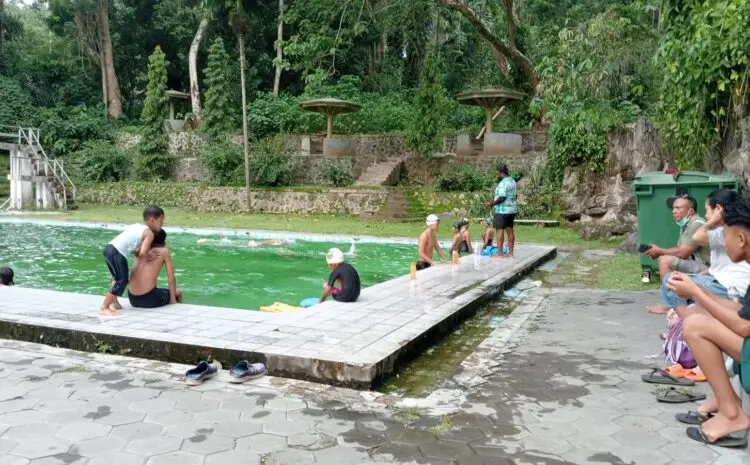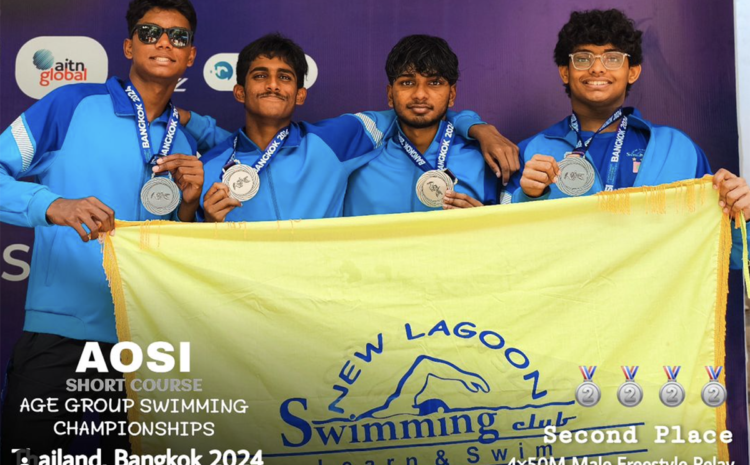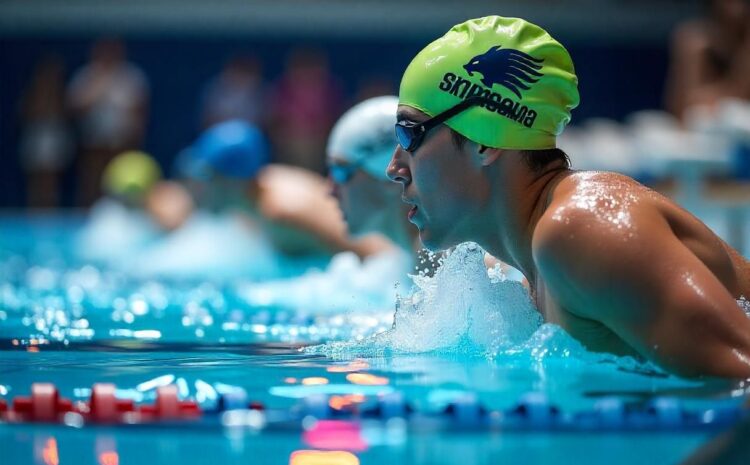
Why 25m (Short Course) Swimming Competitions Are Important: Building Champions from the Ground Up
Swimming is one of the most dynamic and structured sports in the world, with competition structures that challenge athletes in creative ways. Of them, the 25-meter format—also known as short course swimming is essential to athlete development, performance enhancement, and the worldwide development of the sport. While Asia is rapidly growing in water sports, the short course event still has scope to catch up in terms of participation compared to other regions in the world. The article below examines the relevance of 25m swimming events and provides instances of how centers like the AOSI Short Course Swimming Championships Bangkok 2025 are changing competitive situations.
Understanding the Difference: Short Course and Long Course
Competitions in swimming are usually conducted on two platforms:
- Short Course: 25-meter pools
- Long Course: 50-meter Olympic-sized pools
Both demand superior skill and are more challenging for technique, underwater kicks, and wall transitions under short course racing. These factors usually lead to quicker total times and greater opportunities for bests, particularly in younger athletes as they learn to build speed and endurance.
Why Short Course Competitions Are Indispensable
- Technical Development
Short-course events emphasize starts, turns, and dolphin kicks in the water—three key technical aspects of swimming. With more walls for each event, swimmers have more chances to refine these aspects, making them faster and more competitive when transitioning to long-course set-ups. - Confidence Building
Shorter laps generate quicker finishes and quicker results, which can lift the morale of young athletes. Seeing real improvements keeps morale levels high and breeds enthusiasm for the sport. - More Chances to Compete
Due to the reduced pool size, it is easy for the majority of local clubs and schools to host short course events. Easy exposure and turnout are provided due to this ease, mainly towards developing swimming nations.
International Popularity of Short Course Swimming
Short course competitions have been extremely popular in North America, Europe, and Australia for many decades. The NCAA and American high school competitions are primarily short course. In the same way, Swimming Canada has a robust short course schedule, and the format is commonly utilized for club and age-group competition in Australia.
- Short course swimming features prominently on world championship calendars, according to FINA (now World Aquatics), with the FINA World Swimming Championships (25m) being one example.
- Over 35% of registered FINA swimming events in 2022 were conducted in 25m pools, highlighting the format’s global significance and dominance.
On the other hand, the majority of Asian nations specialize in long course events, typically due to Olympic-focused training and the lack of 25m competition-standard facilities. However, this trend is gradually being turned around as the developmental benefits of short course become increasingly obvious.
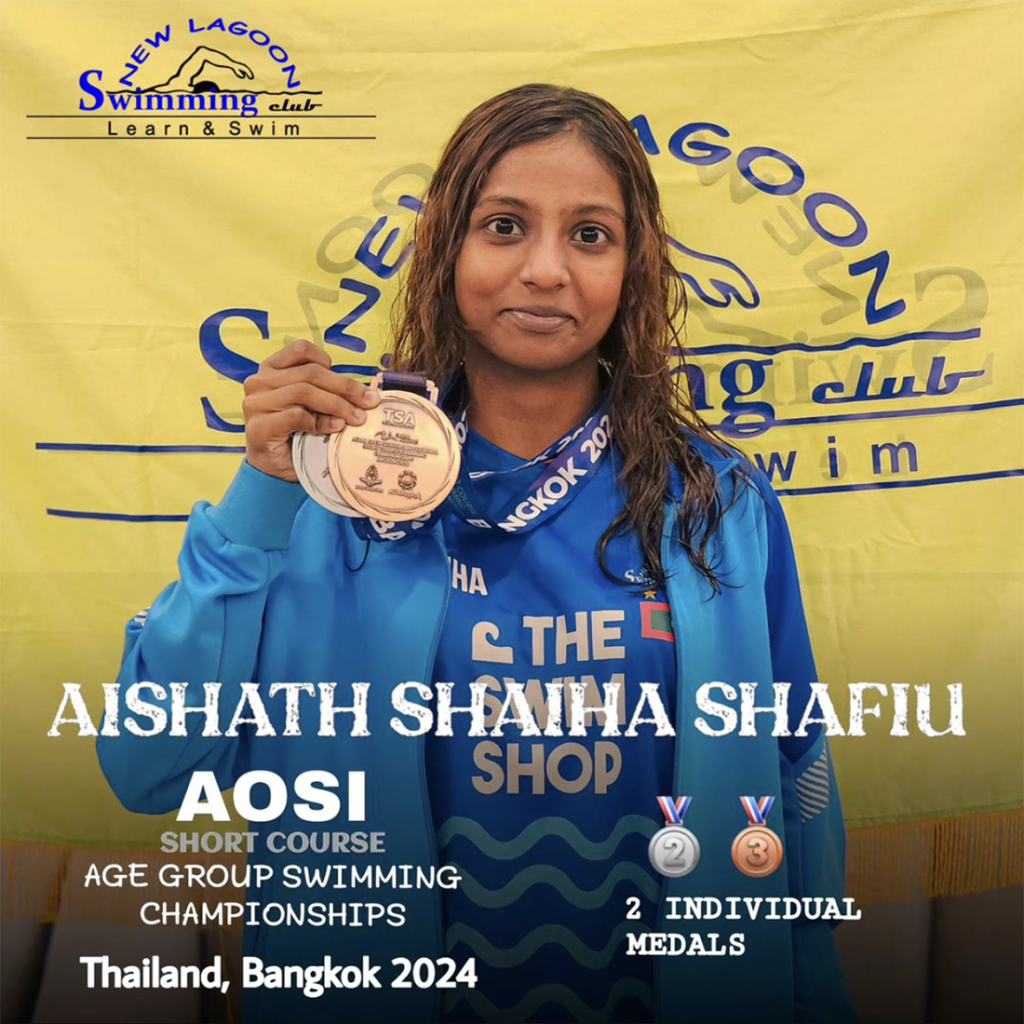

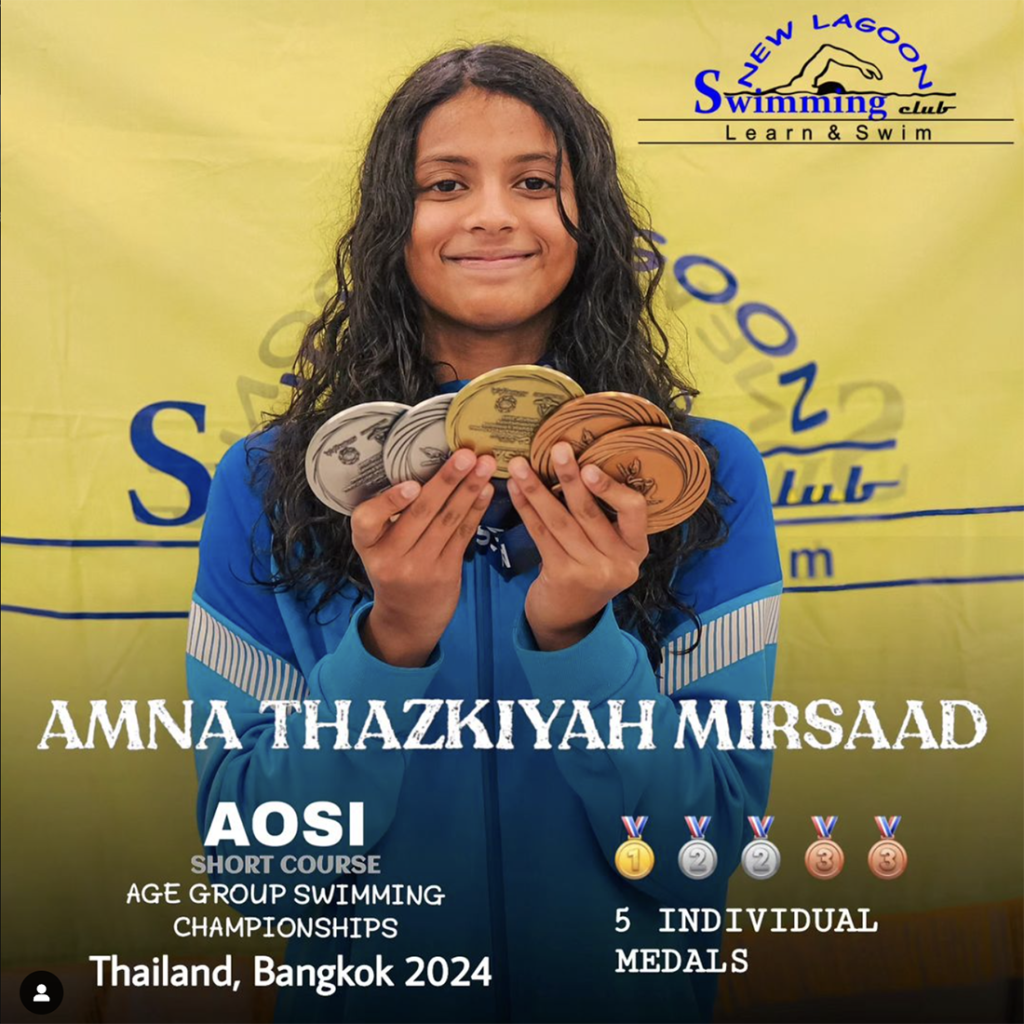
Image Source: Swimming Association of Maldives
Why We Invite Young Athletes to Compete
Short course swimming is the ideal means of inviting young athletes to experience the rigors of competition in a controlled, supportive setting. Some of the primary benefits are:
- Increased exposure to racing in a condensed time frame
- Mastering mastery skills like turns and in-water work
- Enhanced possibilities of finishing on the podium and PBs, instilling a competitive mindset
- Mastering pressure skills in simulated environments
Periodic short course competition exposure for developing swimmers can be a lead-up to achieving international long course success.
Parents and Coach’s Role
A swimmer’s career is always a team effort. Following each young athlete are a group of guides and mentors—primarily coaches and parents.
- Coaches must be capable of identifying early on who the short course performers are and using such meets to refine the technique and competition approach of their athletes.
- Parents have a crucial role to play in offering support, instilling grit, and ensuring the sportsperson views meets as opportunities, and not necessarily stressful events.

Image Source: Global Aquatics AOSI SC 2024
As a team, coaches and parents can foster a well-rounded swimmer who is confident, well-prepared, and enthusiastic.
The Need for More Short Course Meets in Asia
In order to tap into the full swimming potential of Asia, efforts need to be made to increase the number of and status of short course meets. This will:
- Enable grassroots talent identification
- Provide training and qualification platforms for international short course competitions
- Encourage greater female and youth participation
- Serve as a cost-effective entry point for schools and clubs to host events
Global Aquatics: Taking the Lead
Global Aquatics has filled this void by organizing high-level short course competitions in the region. Seeing the importance of building swimmers by systematic exposure, Global Aquatics conducts events annually that give young athletes the experience, set records, and inculcate a competitive spirit.
Highlight Event: AOSI Short Course Swimming Championships Bangkok 2025
One of Global Aquatics’ classic events is the Asian Open Schools Invitational (AOSI™) Short Course Swimming Championships.
- Date: 6–7 September 2025
- Location: Assumption University Aquatic Center, Thailand
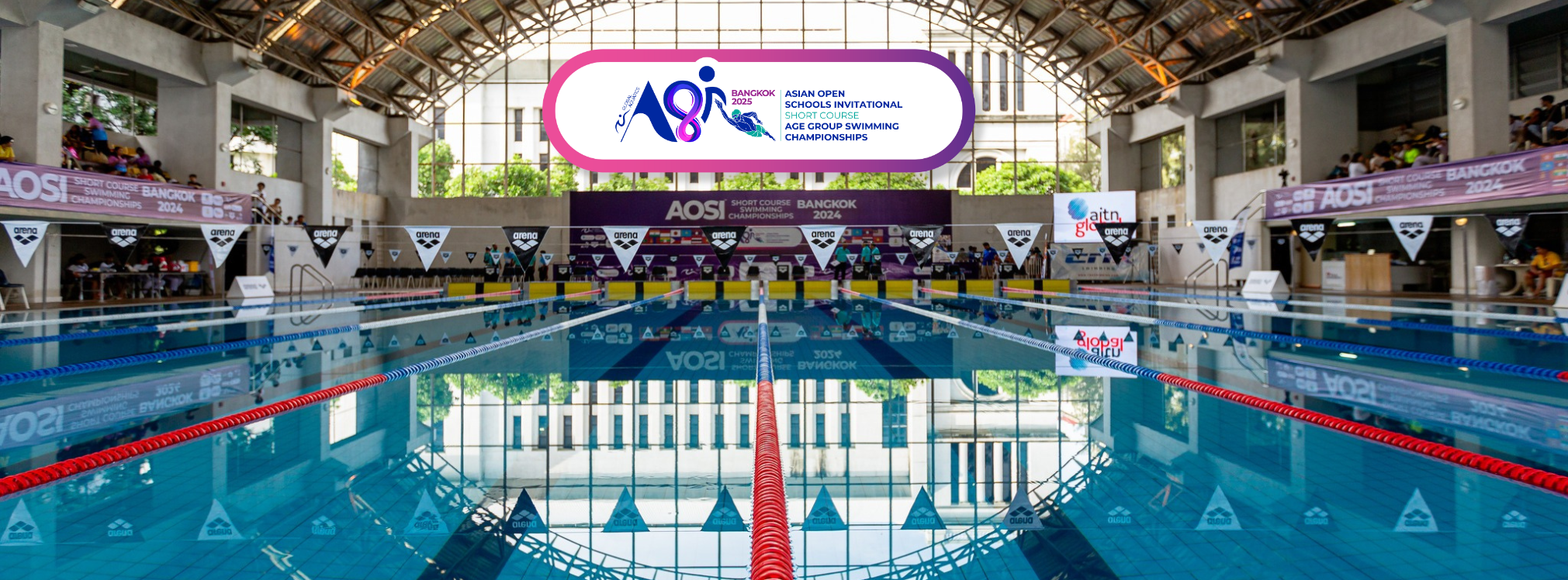
The 2025 event is going to be bigger and better, with clubs and schools all across Asia being invited to compete. The competition provides a forum for young players to:
- Compete within a professionally governed setting
- Enhance international recognition
- Experience a world-class aquatic complex
- Build friendships and sportsmanship across cultures
AOSI Short Course is not just an event—it’s a celebration of youth, excellence, and the power of aquatic sports to unify the continent.
Conclusion
Short course swimming is not simply a “stepping stone” but an effective format in and of itself that develops skills, opens doors, and sparks enduring passions. The more organizations like Global Aquatics promote this format through events like the AOSI Short Course Championships, the better positioned Asia is to build a new crop of technically well-schooled, mentally robust, and globally competitive swimmers.
Let’s dive into the future—one 25-meter lap at a time.
Follow us on social media for updates:
- Instagram: Global Aquatics Sports
- Facebook: Global Aquatics Sports


